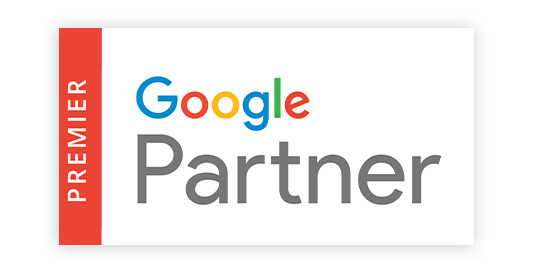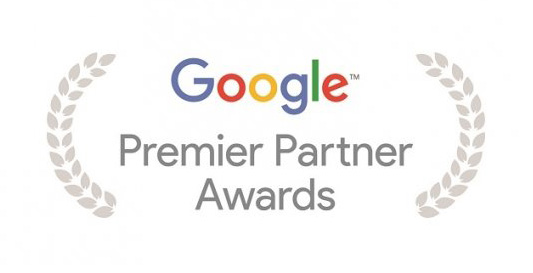At Local SEOhub, our comprehensive 70-point website checklist guarantees that no aspect of your online search rankings is overlooked. From the initial website auditing to post-launch dental SEO strategies, we pay meticulous attention to every detail.
Our dental SEO monthly plan encompasses vital elements such as technical SEO, strategic link building, and meticulous on-page SEO optimization.












